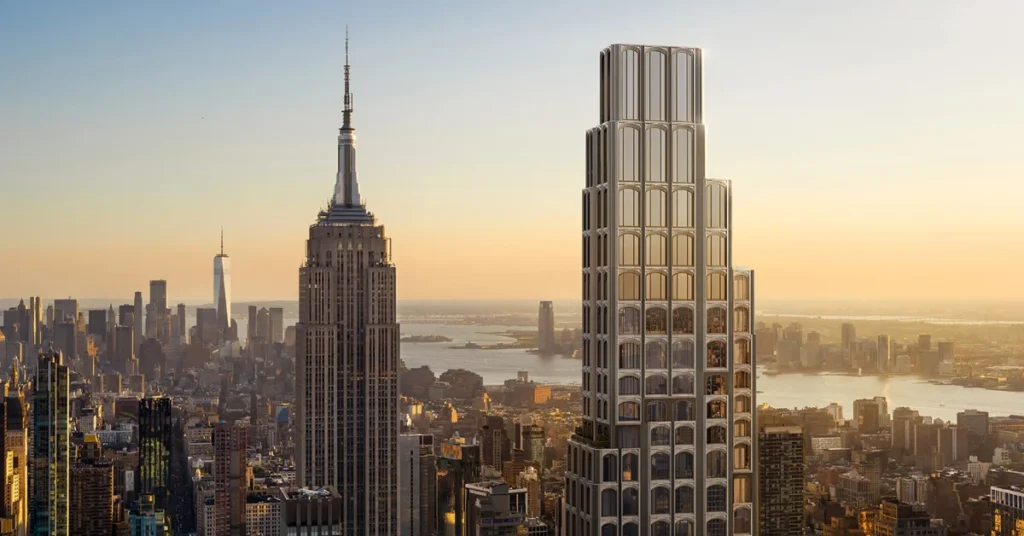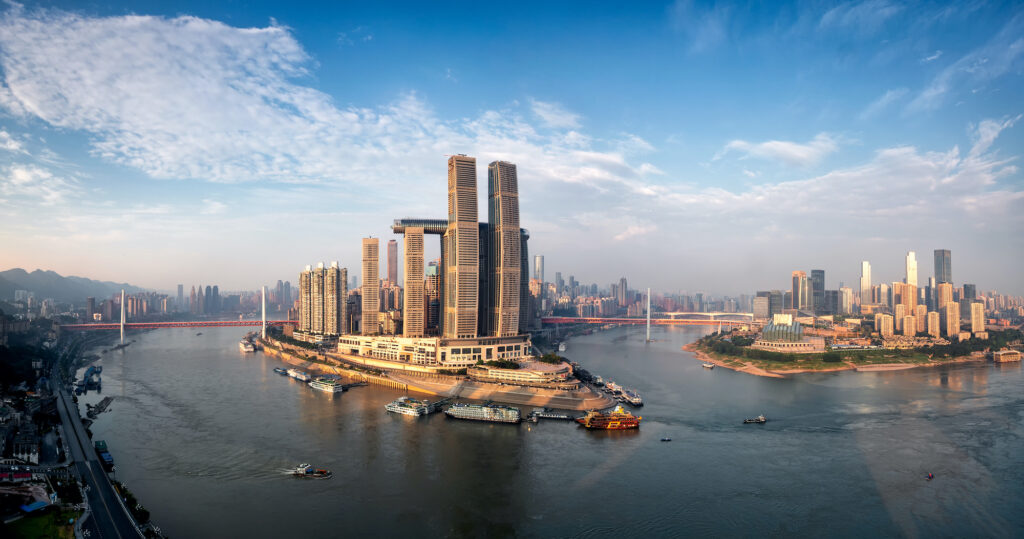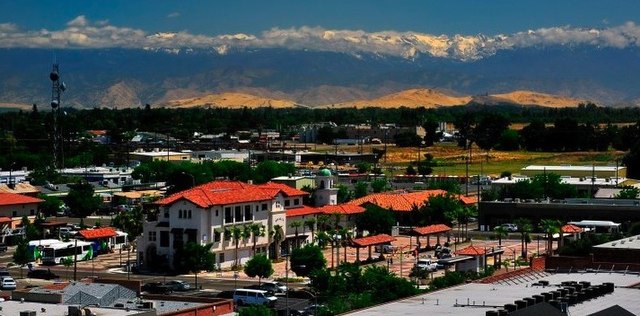Chongqing 520m Building – A Symbol of China’s Vertical Vision and Urban Ambition!

In the heart of southwestern China, the mountainous megacity of Chongqing is embarking on an architectural journey that reflects its meteoric rise in global prominence. With plans underway for a 520-meter skyscraper, the city is poised to join the ranks of the world’s most vertical urban centers. This building isn’t just about height—it’s a symbol of engineering ambition, economic progress, and cultural confidence.
The proposed Chongqing 520m building promises to reshape the city’s skyline, redefine its real estate landscape, and represent a new chapter in the saga of Chinese supertalls. From its anticipated design features to its implications on regional growth, this article offers a comprehensive exploration of what this monumental project entails.
Understanding Chongqing’s Urban DNA
Before diving into the building specifics, it’s crucial to understand why Chongqing is the perfect host for a project of this magnitude.
Geographical Identity
Nicknamed the “Mountain City,” Chongqing is known for its steep terrain, overlapping bridges, foggy riverbanks, and sprawling vertical construction. With over 32 million residents in the municipality, the city faces spatial constraints that encourage upward growth.
Economic Powerhouse
Chongqing is a major engine of China’s inland economy, contributing to industries such as:
- Automotive and aerospace manufacturing
- Cloud computing and data centers
- Cross-border logistics via the New International Land-Sea Trade Corridor
- Smart city infrastructure development
In this setting, a 520-meter building is more than an architectural feat—it’s a beacon of progress and prosperity.
What Makes the Chongqing 520m Building Special?

While many Chinese cities host supertalls, the Chongqing 520m tower is unique due to its blend of design challenges, symbolic height, and strategic importance.
The Significance of 520 Meters
In Mandarin, “520” sounds like “I love you” (wǔ èr líng = wǒ ài nǐ). This has made the number culturally iconic in modern China, associated with declarations of affection and national pride. Constructing a tower at exactly 520 meters taps into this emotional symbolism—positioning the building as a love letter to the city itself.
Mixed-Use Functionality
The skyscraper is expected to feature a variety of spaces, including:
- Grade-A office space for multinationals and startups
- Luxury hotels and serviced apartments
- Premium shopping malls and flagship stores
- Observation decks and sky lounges
- Cultural exhibition zones or museums
- Sky gardens and sustainability features
This makes the tower not just tall—but intelligently integrated with the city’s needs.
Design and Engineering: Meeting the Mountain Challenge
Constructing a building of this scale in Chongqing presents unique architectural and geotechnical obstacles that demand innovative solutions.
Terrain Engineering
Unlike flat megacities like Shanghai or Beijing, Chongqing’s sloping terrain requires:
- Deep foundational anchoring into layered bedrock
- Stabilization against landslides and subsidence
- Integration with multi-level urban transport systems (subways, expressways, cableways)
Climate Considerations
Chongqing’s humid subtropical climate (hot summers, high rainfall, and heavy fog) influences:
- Façade ventilation and waterproofing designs
- Energy-efficient HVAC systems
- Wind-load resistance features
Earthquake and Wind Resistance
A 520-meter structure must withstand seismic forces and wind pressures, making structural dampers, mega-columns, and flexible load distribution systems critical to safety and longevity.
The Broader Urban Impact
Redefining the Skyline

Once completed, this tower will surpass Chongqing World Financial Center (339m) and Raffles City Chongqing, becoming the tallest structure in the municipality. It will visually dominate and symbolize Chongqing’s aspirations on a global scale.
Real Estate Boost
- Property values in nearby zones will likely rise
- Development of surrounding commercial clusters (hotels, restaurants, tech hubs)
- Expansion of transit lines and smart infrastructure to accommodate increased foot traffic
A Tourism and Cultural Magnet
With observation decks, fine dining at altitude, and possibly immersive digital experiences, the building is set to become:
- A tourist destination rivaling Canton Tower or Shanghai Tower
- A symbol of urban pride showcased in promotional materials and international events
- A backdrop for movies, drone shows, and cultural festivals
Smart Technologies and Green Design
China’s skyscrapers are increasingly pushing for eco-conscious innovation, and the 520m Chongqing building is expected to be no different.
Sustainability Features May Include:
- Photovoltaic panels for on-site energy generation
- Rainwater harvesting and greywater recycling systems
- LEED Platinum or China 3-Star Green Building Certification goals
- AI-powered HVAC and lighting systems
- Sky gardens for biodiversity and air purification
Strategic Location and Accessibility
Though the exact coordinates remain confidential, the tower will likely rise in one of Chongqing’s most strategic zones:
- Jiangbei Central Business District (CBD): Home to banks, tech companies, and government offices
- Yuzhong District: The historical and cultural heart of Chongqing, known for its tourism appeal
- Chaotianmen Area: Where the Yangtze and Jialing Rivers meet—already home to iconic megaprojects
Proximity to metro stations, bridges, and expressways will be key for integration.
Global Context: How It Compares
When completed, the Chongqing 520m skyscraper will stand tall alongside global giants:
| Skyscraper | Height (m) | City | Year Completed |
| Burj Khalifa | 828m | Dubai | 2010 |
| Shanghai Tower | 632m | Shanghai | 2015 |
| Merdeka 118 | 678m | Kuala Lumpur | 2023 |
| Chongqing 520m Building | 520m | Chongqing | TBD |
| Lotte World Tower | 555m | Seoul | 2016 |
Current Project Status and Future Outlook
As of now, the 520-meter building is reportedly in pre-construction or planning phases. Major announcements regarding:
- Architectural design competition winners
- Construction start date
- Developer consortiums involved
- Environmental and safety approvals
…are expected in the coming year. If construction begins in 2025–2026, the tower could be completed around 2030–2032, depending on economic factors and regulatory approvals.
FAQs About the Chongqing 520m Building
Q1: Is the Chongqing 520m building officially named yet?
Not yet. It is often referred to by its projected height, but an official name may be revealed closer to construction.
Q2: Will it be the tallest building in China?
No, it will be among the tallest but still shorter than the Shanghai Tower (632m) and other upcoming projects.
Q3: Who is designing the tower?
Details about the architect or design firm have not been disclosed publicly.
Q4: Will the building be open to the public?
Yes. Observation decks, retail spaces, and cultural areas are expected to be accessible to tourists and residents alike.
Q5: What makes this project so important for Chongqing?
It elevates the city’s status, attracts global business, enhances tourism, and showcases Chongqing’s transformation into a world-class metropolis.
Conclusion: A Tower of Vision and Vitality
The Chongqing 520m building represents more than a vertical feat—it’s a vision of China’s urban future, a celebration of Chongqing’s culture and geography, and a beacon guiding the city toward global significance. As a marvel of architecture, sustainability, and symbolic design, it will define the skyline—and perhaps even the identity—of Chongqing for generations to come.







